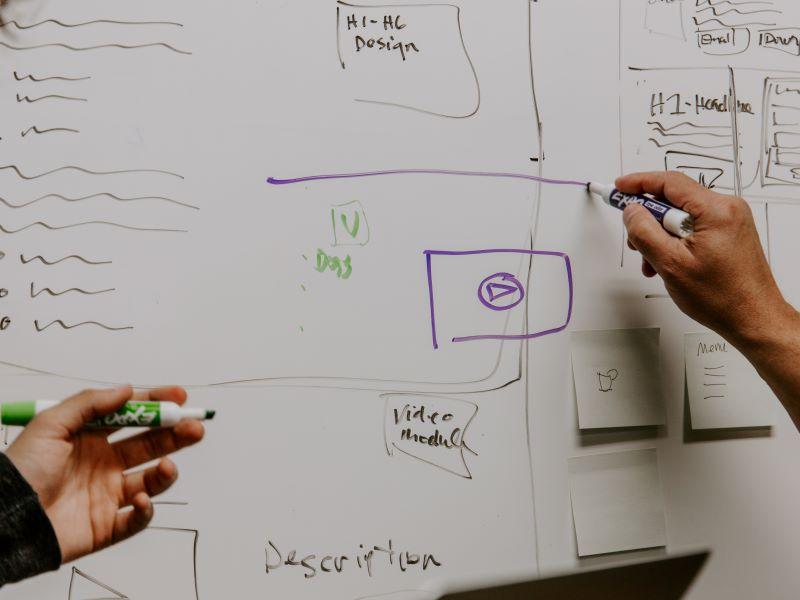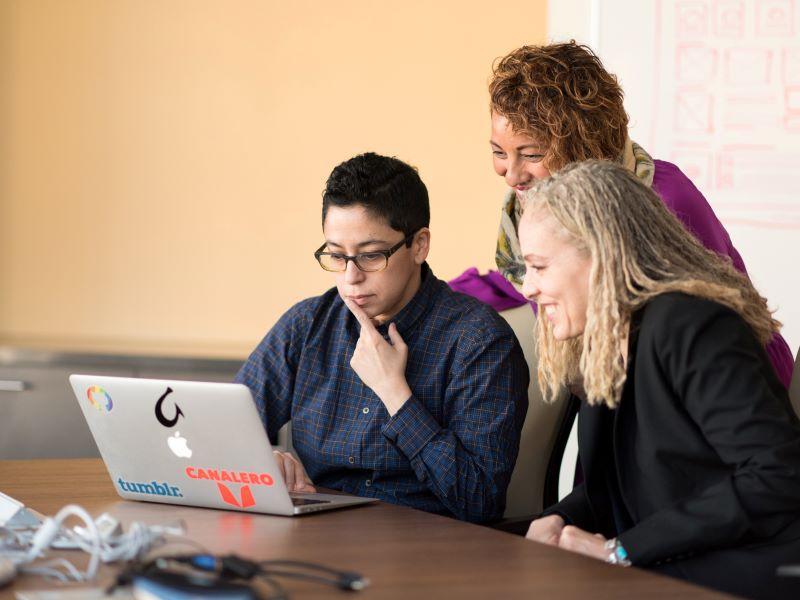How can we move students from critically analysing a particular contemporary challenge – for example, urban inequality and unsustainability – to also imagining responses to it? In my new book, Creative Universities: Reimagining Education for Global Challenges and Alternative Futures, I show how introducing students to design thinking and methods, including scenarios, is one way to combine critique and creativity in university classrooms. These activities were created in collaboration with design educator Paul Braund.
I draw on design theory professor Anne-Marie Willis’ exercise Designing Back from the Future, where she defines scenarios as projections of likely futures, opening them up for reflections, including on the actions necessary to achieve them. I use positive and pro-active scenarios that ask students to imagine preferred futures and to pose “what might we achieve” and “what if” questions to make ideas concrete.
Scenarios should be set in a specific place and long enough time horizon and be grounded in in-depth research to stop them from being fantasies or wishful thinking. Ideally, students undertake this research before the activity, but if that is not possible, even giving them basic information and laptop access to conduct on-the-spot research can help provide the necessary realistic context for the activity.
I use scenarios in a social science class on Urban Futures, and my descriptions below draw on this example. But scenarios, and design methods more broadly, can be applied in any course that deals with social, economic or ecological challenges, such as courses that engage with the Sustainable Development Goals. The activity works well with student groups of around five or six members; if there are more than five such groups, several facilitators would ensure that all groups get the necessary attention.
So, let’s get designing!
1) Provide structure and materials
Even though this might seem counter-intuitive, it is important to give students clear guidelines and structured activity outlines for more open-ended learning activities. From my own experience, students are often not familiar with creative classroom work, might be resistant to it because of “I can’t draw”-type reservations, might feel uncomfortable outside their comfort zones or prefer passive knowledge accumulation to exploratory learning. Explaining the objectives of creative classroom activities and how they work, in clear and empathetic ways, helps to ensure effective learning and puts students at ease.
In addition, having the right room with movable tables and chairs and providing inviting working materials, such as pipe cleaners, play dough, building blocks or natural materials, enhances a sense of playfulness that can alleviate anxieties and engage the senses. I often hear students comment that the smell of play dough brings back childhood memories.
2) Start with what students know
Making room for students’ own experiential knowledge introduces additional perspectives, de-centres classroom authority and gives students a sense of ownership in their learning. In universities with an urban campus, this could be the surrounding city, such as Brighton in the case of the University of Sussex, where most students live after their first year. Otherwise, if the group collectively decides on a location, recommend that they pick a place that at least one group member knows well.
Find creative ways to bring in students’ experiences - in my class students keep a personal Brighton diary for a week where they map their journeys, activities, interactions etc prior to the activity. I challenge students to move away from writing, by producing maps, taking pictures, building artefacts, recording videos or writing creative pieces, to get them ready for the activity.
3) Pose questions to guide students’ visioning process
Next students articulate their preferred future scenarios. If the activity is of sufficient length, such as three hours, and students have enough background knowledge, they can collectively formulate their own vision. Guiding questions are important to facilitate that process:
- What do we want future urban spaces to look like?
- How would we get there?
- What new structures, laws, behaviours, institutions etc do we need to create?
- Who will participate in the process?
- Who might be excluded or negatively impacted?
If the activity is shorter, you can suggest a pre-defined scenario to get students going faster, for example: “Brighton in 2050 will be a self-sustaining, hospitable and generous city.” These visions are jumping-off points from which students work back to the present and imagine what would need to happen to achieve them.
4) Make sure students build
Sometimes students get stuck on writing, which is how they usually express their thoughts at university. Remind them throughout the activity that you expect them to draw and to build. Visit each group and be prepared to get stuck in. I always participate in the group work – without trying to take over, which can be challenging. Having materials available on each table, together with photos and visual prompts, also helps to reinforce the expectation that students will produce a built scenario at the end of the activity. Explain that the process is just as important as the output, perhaps even more so. This can also help when students get stuck on details or find it difficult “to make things up”.
5) Make time for sharing and to debrief
Sharing their creations gives students an opportunity to explain their work and take pride in it. Collective debriefs are important to draw out the learning from the activity.
Anke Schwittay is a senior lecturer in global studies at the University of Sussex.




comment